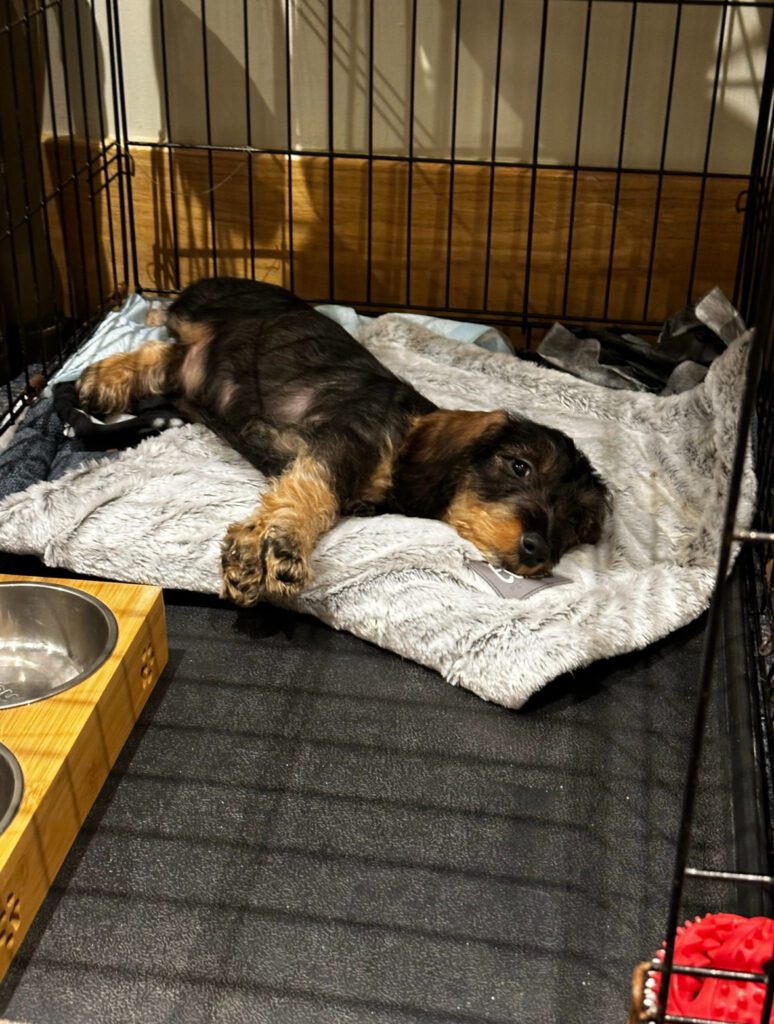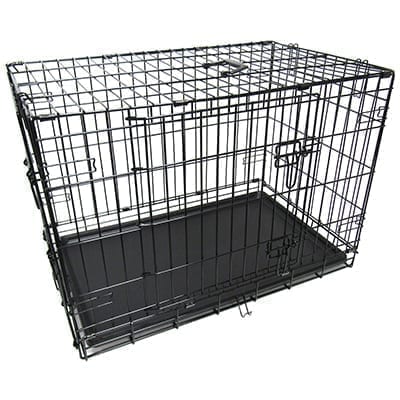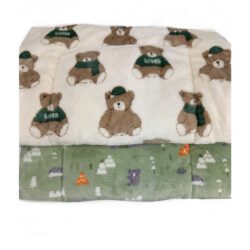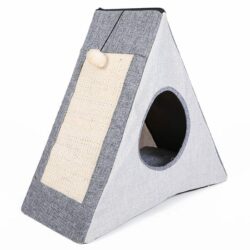MASTERING THE ART OF PUPPY CRATE TRAINING: A GUIDE TO SUCCESS
Hello, fellow pet enthusiasts! Here is a beginners guide to crate training your puppy. Crate training is one of the most effective ways to provide structure, safety, and comfort for your pet’s life. While it may seem daunting at first, with patience and positive reinforcement, crate training can become a valuable tool in your dog’s routine. Here are some essential tips to help you master crate training with your pup:
Find The Right Size:
First things first, you need to select a crate that is appropriately sized for your dog. It should be large enough for your dog to stand up, turn around, and lie down comfortably. However, it shouldn’t be too spacious as dogs prefer cosy spaces that resemble dens.
Positive Association:
The next thing you need to do is create a positive association with the crate. To do this introduce your dog to the crate gradually and associate it with positive experiences. Place treats, toys, and bedding inside the crate to make it inviting. Allow your dog to explore the crate at their own pace without any pressure.
Start Slow:
Start slowly and build up the use of the crate, begin crate training sessions with short intervals, gradually increasing the duration over time. Encourage your dog to enter the crate voluntarily by using treats and praise. Make sure to keep the door open initially to prevent any feelings of confinement.
Establish A Routine:
It also helps to establish a routine of using the crate. Incorporate crate time into your dog’s daily schedule, such as during mealtimes or when you need to leave the house. Consistency is key to successful crate training. Create a routine that your dog can rely on, helping them feel secure in their crate.
Use Positive Reinforcement:
Using positive reinforcement is one of the best ways to ensure success when crate training your dog. Reward your dog with praise and treats whenever they enter the crate willingly or remain calm inside. Avoid using the crate as a form of punishment, as this can create negative associations and lead to anxiety that while become an issue over time.
Increase Duation Gradually:
Once your dog is comfortable spending time in the crate with the door closed, gradually increase the duration of their alone time. Start by leaving the room for short intervals and gradually extend the time as your dog becomes more accustomed to being alone. It’s also important to respect your dog’s comfort level and never force them into the crate. Allow them to retreat to their crate as a safe space whenever they feel overwhelmed or anxious.
Stay Patient:
Crate training requires patience and consistency. Every dog is unique, and some may take longer to adjust to crate training than others. Stay calm, be patient, and celebrate small victories along the way.


Remember, crate training should always be a positive experience for your dog. By following these tips and maintaining a patient and supportive approach, you can help your pup feel secure and comfortable in their crate, creating a harmonious environment for both you and your furry companion.
Paws & Tails BED Collection
These are just some of our most recommended products, however, we have a massive selection on our website so make sure to check that out if you can’t find what you’re looking for here.















